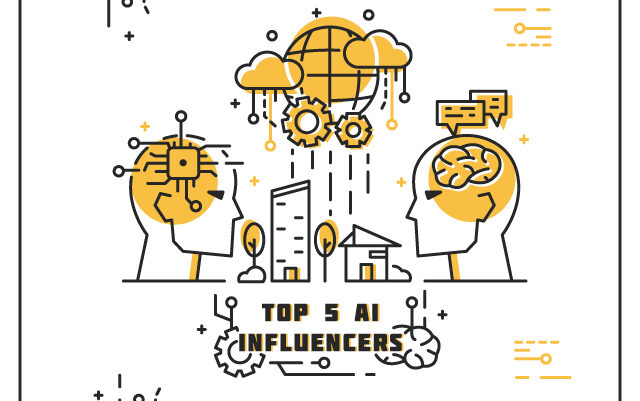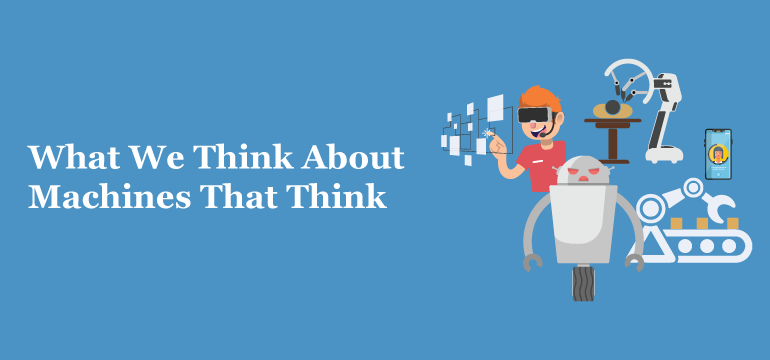The boundary between science and reality has been diminishing faster. The blur has been pulsating with the growth of AI and automation, where machines think faster, processes are more seamless, codes become more powerful, predictions are more accurate, and technology has become ever-expanding, birthing new innovations.
While AI has been the cornerstone for making the best use of data, constructing robust models, and enabling better decision-making, RPA (Robotic Process Automation) has been driving efficiency and productivity by simply mimicking actions that otherwise would have humans work mundane round-the-clock in repetitive tasks. So, what’s the deal between AI and RPA?
What is Robotic Process Automation (RPA)?
Robotic Process Automation is a robotic software that performs repetitive business processes with the help of predefined rules. The tasks performed are the same and do not learn or improve from the previous actions. You may wonder how they help businesses to do things faster or improve efficiency. Let’s say your business reports thousands of entries every day. These entries should be processed, and the report from these entries should be assigned to different teams for the stakeholders to act upon these data. Here’s where Robotic Process Automation comes in where they can execute these entries, streamline their respective flows, generate and validate the reports to be then sent to respective teams. Imagine this to be done by humans and the amount of time, effort and energy it takes to manually handle them individually, let alone the human errors accompanying handling this scale of entries.
What is Artificial Intelligence (AI)
Artificial Intelligence on the other hand, learns from human inputs and improves every time. They have the potential to offer the cognitive ability to perform tasks that are more than pre-defined rules and can simulate intelligence provided by humans. AI can also improve the scope of automation on a big scale.
When AI meets RPA
While both Artificial Intelligence and Robotic Process Automation have their own merits, augmenting both these technologies could prove very beneficial for organizations. Businesses can automate more complex tasks that involve unstructured data extraction, high-level computation, intelligent process automation, and complex decision-making. The ability to mimic large-scale activities of Robotic Process Automation complements the cognitive ability of AI, which, in turn facilitates better collaboration and interaction of various digital systems. This augmented intelligence can be applied to various business operations that have the ability to change how businesses scale.
To understand this more, let us dive into some use cases.
Use Case #1: Fraud Detection and Prevention
Fraud detection is one area where both RPA and AI can give great results when coupled together. For example, let’s take a financial services company that wants to improve fraud detection and mitigate financial loss. In order to process large amounts of transaction data, Robotic Process Automation comes in handy. RPA bots can be deployed to monitor transactions from multiple channels, such as online banking, ATM withdrawals, credit card, and POS transactions, with the help of predefined rules. Monitoring these transactions can help to identify any doubtful activities. Coupling this with AI can be integrated into fraud detection systems, which can find patterns, identify anomalies, and flag any fraudulent behavior. The AI models can be continuously trained to be super efficient and sensitive to find even the narrowest possibilities of fraud that happen in the financial ecosystem, which is otherwise very difficult to analyze.

Use Case #2: Customer Intelligence
Customer intelligence is a use case where clean data insights can go a long way in capturing customers and thereby improving sales. A large amount of customer behavior data, preferences, sentiments, and trends can provide worthwhile insights on how you can position your product, identify churn, package the product better, and give better customer service. By integrating Robotic Process Automation and Artificial Intelligence, you can make big business decisions based on the behavior. Customer profiling could be done with the help of AI, which can identify a surge or drop in customer inquiries related to a specific product or service. RPA bots can be dynamically deployed to handle the increased workload, ensuring timely responses or the efficient resolution of customer issues causing the drop. AI-powered predictive analytics can also help you with cross-selling or upselling and provide proactive selling strategies for personalized recommendations.

Use Case #3: Market Intelligence
Consider a market research firm that aims to collect critical information from various websites to analyze market trends, competitor activities, and consumer sentiment. Implementing the same requires AI and RPA technologies to automate web scraping processes, extract structured data from diverse sources, and derive actionable insights to support strategic decision-making. RPA bots are deployed to navigate websites, interact with web pages, and extract data according to predefined criteria. AI-powered NLP models analyze the data extracted from web pages to identify relevant information. Further advanced AI algorithms are employed to clean, normalize, and enrich scraped data, ensuring consistency and accuracy across multiple data sources.

Final Words
Businesses have become increasingly intricate, and the ones that can survive are the ones that can gear up to implement seamless intelligence and automation in their business processes. This can not only pave the way for streamlined business intelligence but also have a significant impact on cost and risk in the long run. It is imperative to understand the significance of not just these individual technologies but also augmenting them in the right way to see the best of futuristic automation.





